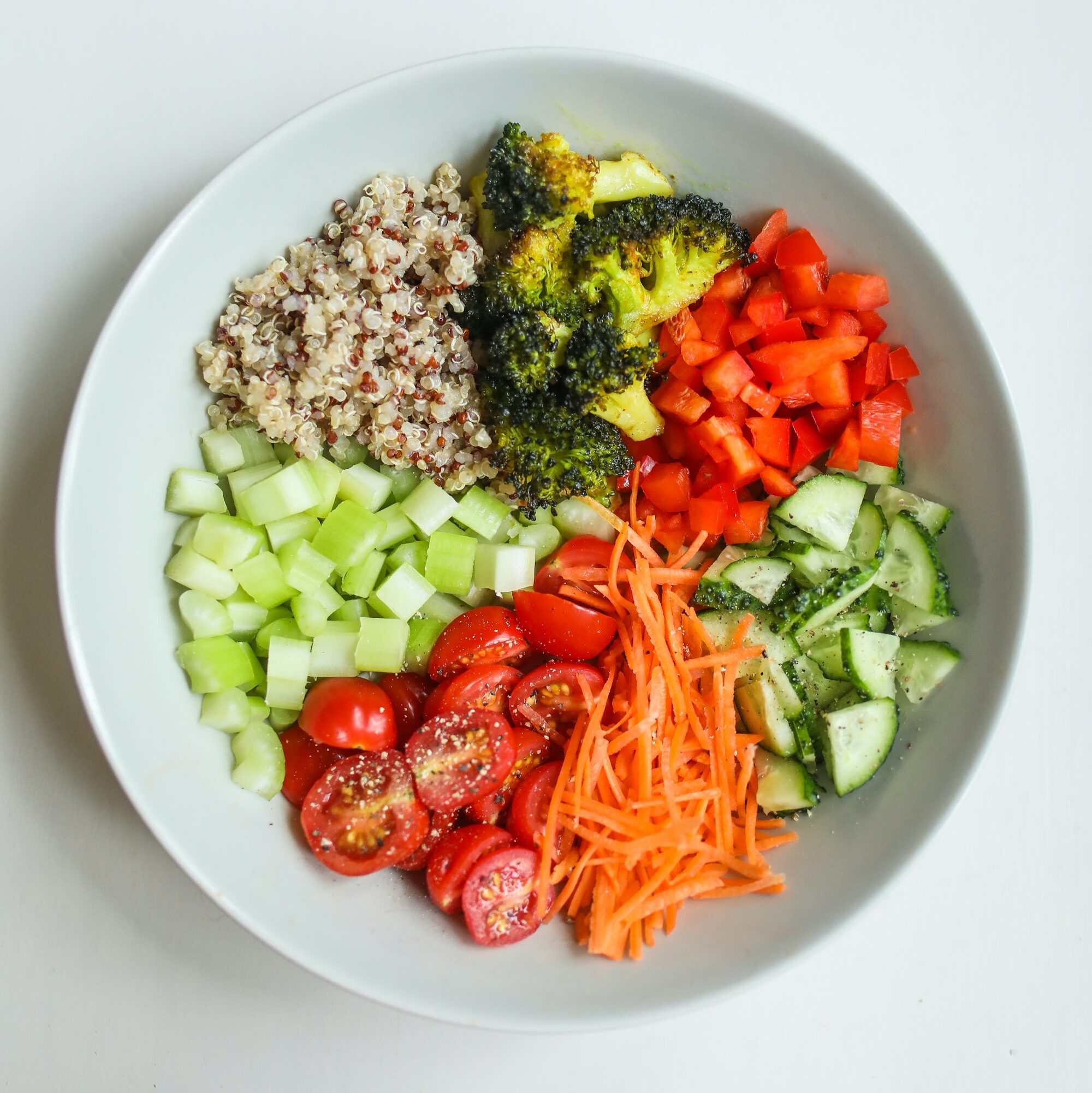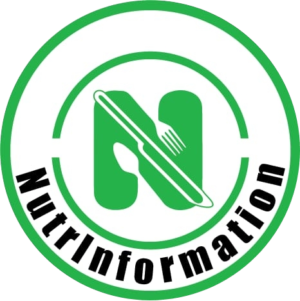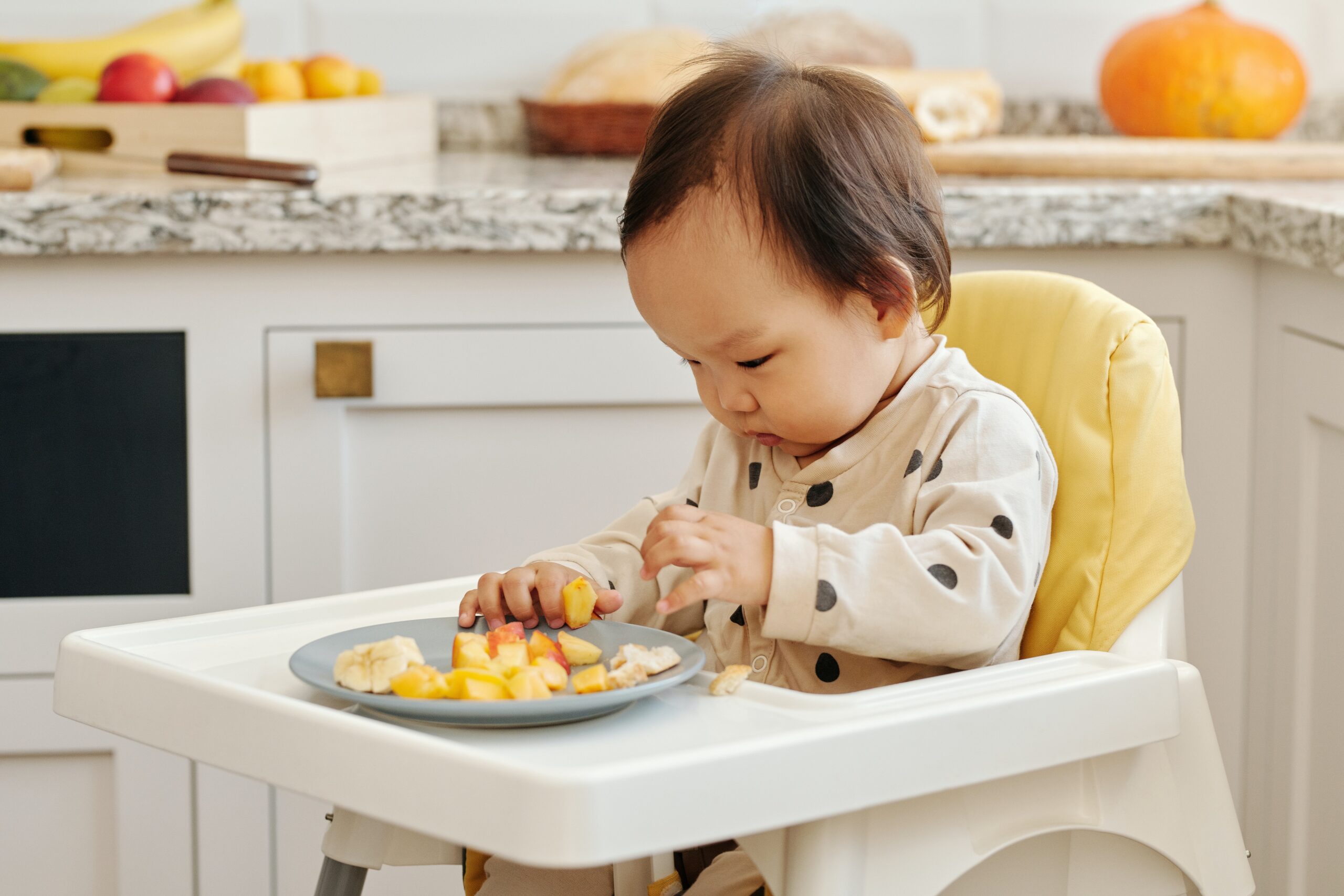What is Baby-led weaning?
Baby-led weaning is a way of introducing solid foods to your baby without the traditional puree and spoon-feeding. The baby is in charge, they sit in the high chair before a spread of finger foods. And attempt to transfer the bits from tray to tongue all by themselves. This method of introducing solid food was introduced in the UK and is currently being adopted by mothers across the world
Baby-led weaning means skipping spoon-feeding purees and letting the babies feed themselves finger foods right from the 6th month.
Baby-led weaning has been praised for helping children fine-tune their motor and chewing skills. It also is promoted as helping the child develop healthy feeding habits. Since the child is in control of what they eat, then they can stop feeding whenever they are full. However, in traditional spoon-feeding, the parent can easily overfeed the baby. Overfeeding can complicate the child’s ability to respond to hunger and fullness.
When should I start baby led weaning?
Baby-led weaning can be started when your baby is able to sit up in the high chair unassisted. The baby should also have good neck strength and have lost the tongue-thrust reflex (which pushes anything slid out of the mouth). The baby should also be interested in exploring food.
What is the best way to introduce Baby led weaning?
Just like traditional weaning, it is important to start slowly with single-ingredient foods. This helps to monitor any allergic reactions
The texture of the finger foods should soft. Always test the finger foods by gently pressing between thumb and index finger. It should smush when pressed. This will help the baby to chew and swallow.
Introduce mixed dishes after the child has tolerated several single-ingredient foods. Aim at providing high-calorie foods that are rich in zinc and Iron.
What if my baby chokes?
It is natural to have choking concerns when weaning your baby. Chocking results in a complete or partial blockage of the airways. When choking the baby is terrified, unable to breathe, or make any noise. They might gasp or wheeze. However, this is different from gagging where the child appears to be coughing and making occasional sounds. Gagging is common especially in the first weeks of weaning as the child is learning to eat solid food. While gagging is a safety response, choking is an emergency. To prevent choking,

- Avoid serving choking hazards to your child. Like raw vegetables and fruits, nuts, fish with bones, or crunchy snacks
- Stay with your baby while they are eating
- Make sure the child is sitting upright at all times during feeding
- Take infant-first-aid classes to help you respond appropriately in case of emergency
Will my baby get enough nutrition?
Although babies still receive most of their nutrients from breastmilk or infant formula, they still need extra nutrients to meet their nutritional needs. However, at the start children may not eat enough. It is therefore important to consider a mixed approach to weaning. By serving finger foods immediately after or before purees. Capitalize on iron-rich foods in the purees. This will help to minimize nutritional deficits.

